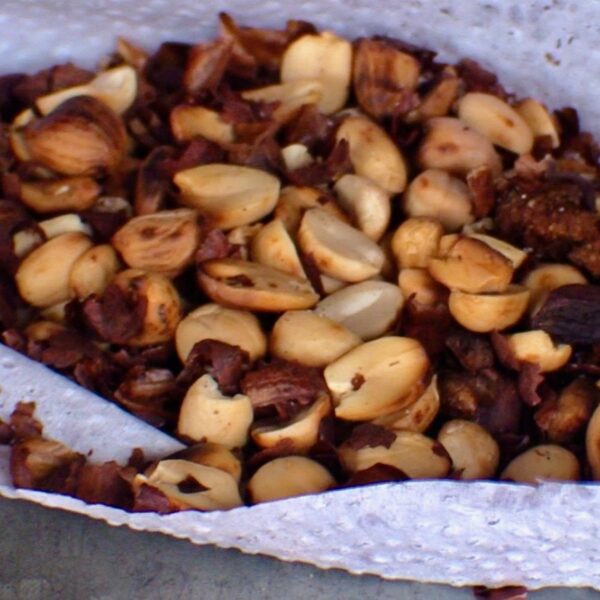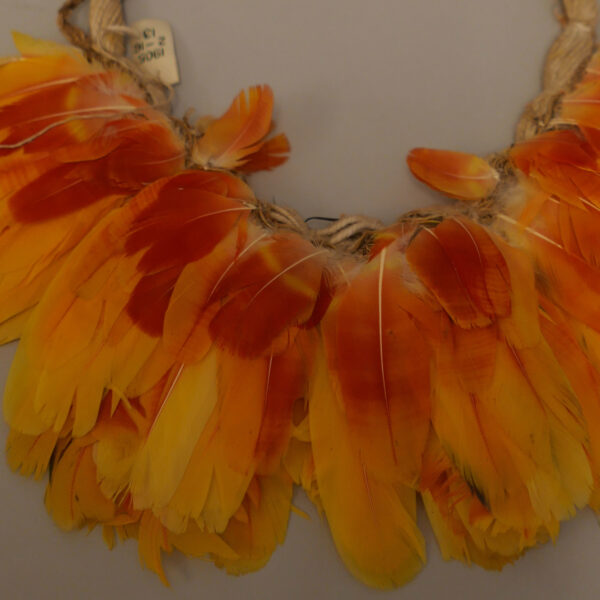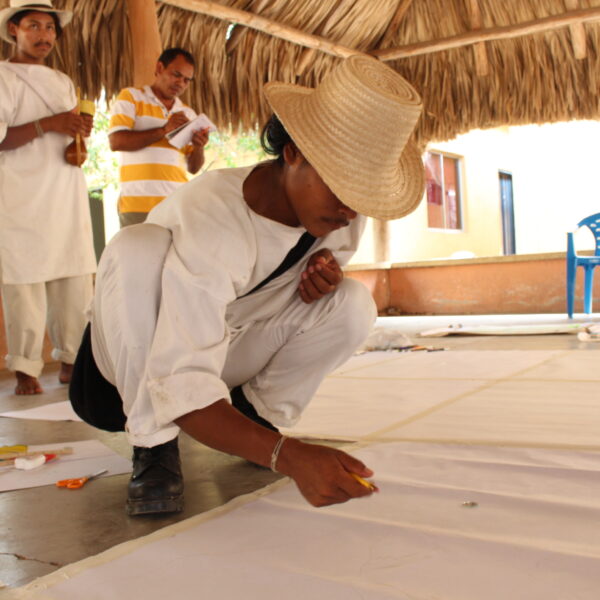“Bëngbe Benacheng” (Our paths): Collaborative Cultural Heritage Management with the Camëntsá People
The Sibundoy Museum is located in the Camilo Crous Cultural Center, in Sibundoy, Colombia. The museum is managed by the local government and is included in the National Network of Museums of Colombia. The collection is a mixture of objects acquired by missionaries and foreign settlers, as well as some from archaeological excavations or some as fortuitous finds. The museum does not currently have a curator and it has been inactive. It has functioned mainly as a repository of “old things” without context, information or public engagement.
This project collaborates with the Camëntsá community to critically address the museum’s administration by the local government, particularly the exhibition of human remains, and will co-curate a new exhibition based on their own interpretation of material culture, archaeological and sacred sites and their concept of territory. The inclusion of the latter is essential in our research since in the Camëntsá worldview the territory goes beyond geographically and materially defined boundaries which in turn is reflected in the way art is perceived. This process will represent the community in its contemporary context and will challenge colonial perceptions in art, archaeological and museological practices, generating an intercultural dialogue that is extremely necessary and urgent.
1) We brought the museum to people, showing the people of Sibundoy historical photographs found in both local and international museums.
2) We digitized the museum pieces. In this process, we took the objects out of the showcases and invited people to talk about them.
3) According to the results of the dialogues with the Camëntsá community, we began to change the museum, avoiding disrespecting its culture with the selection of objects and its exhibition.
4) We organized seminars that raise awareness about archeology and museology practices that decontextualize and desacralize the human body and indigenous memory, giving human remains a purely scientific value.
5) We invited some indigenous artists to create works in response to the installation and what the museum’s collection represents for them.
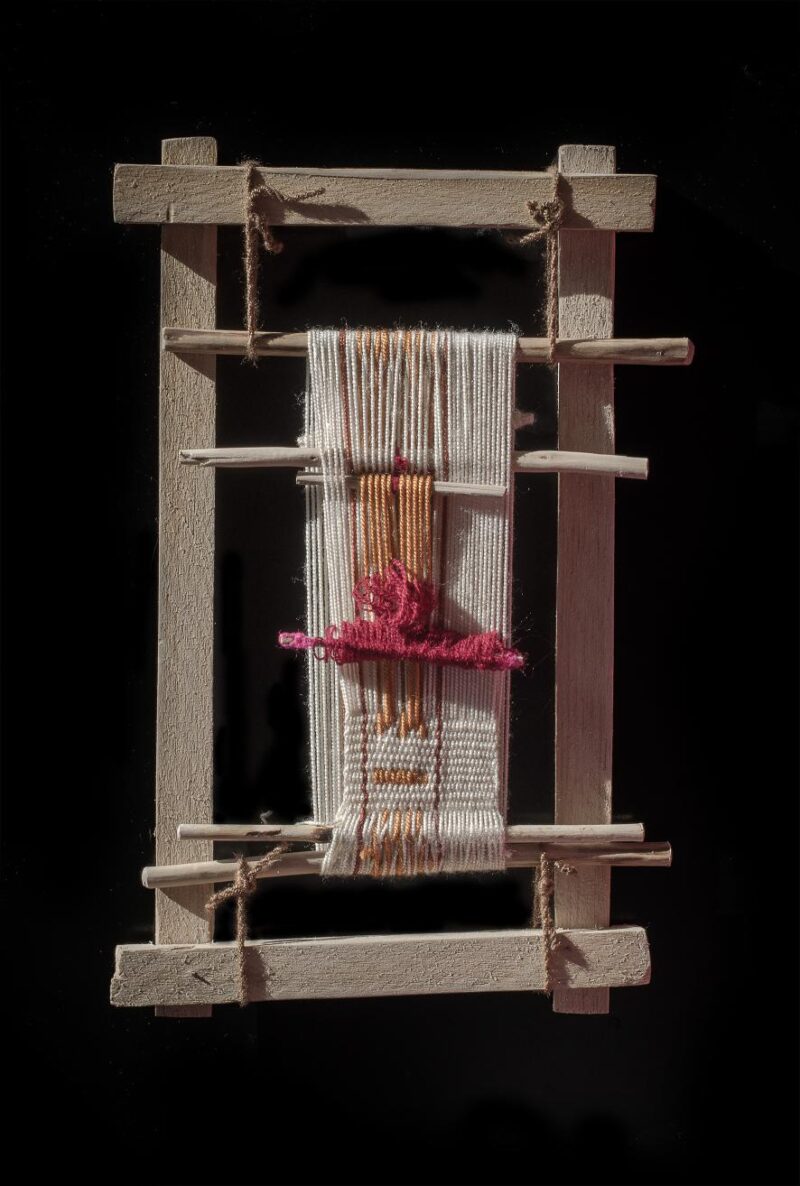
Through the loom, Luisa represents ‘the hope of a cultural fabric that we as young women and mothers will weave in the thoughts of our children; we also weave the words and customs of our mothers, despite the mistreatment, machismo and discrimination they have suffered’.
Nancy uses a fabric, which has been traditionally made by women to depict the Camëntsá people’s oral history. This is a chronology of colonisation and an expression of the uncertainty of the future. In the composition, Camëntsá history is located on the margins of official history. The Camëntsá community is assigned the role of ‘the protectors of nature.’ This is a position the community maintains in order to stay strong and continue to protect their territory.
José presented us with a work that represents life and women, although the objects of the museum are associated with death. The artist had already begun the work before visiting the museum. During his work with the collection, he found some figures that represent a Camëntsá ritual undertaken by his father. This work questions the anonymity of artists in the museum.
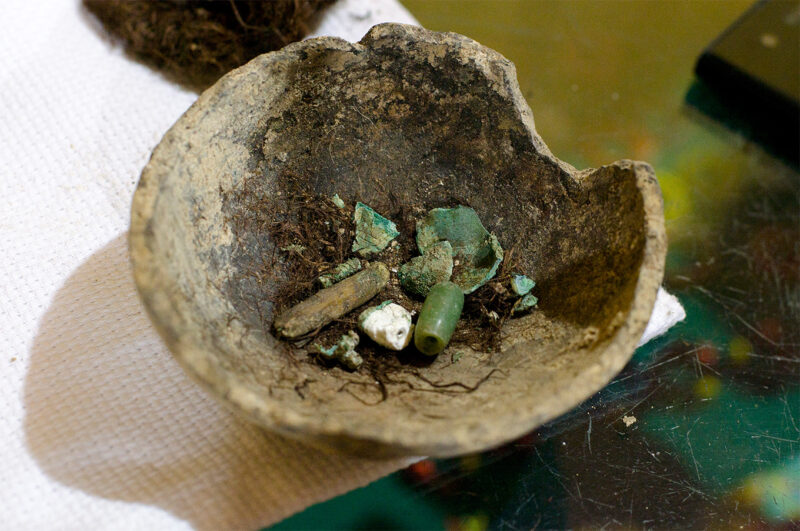
Through the use of new materials, this work seeks to raise awareness about the use of wood at a time when Indigenous peoples are fighting for the conservation of territories and biodiversity.
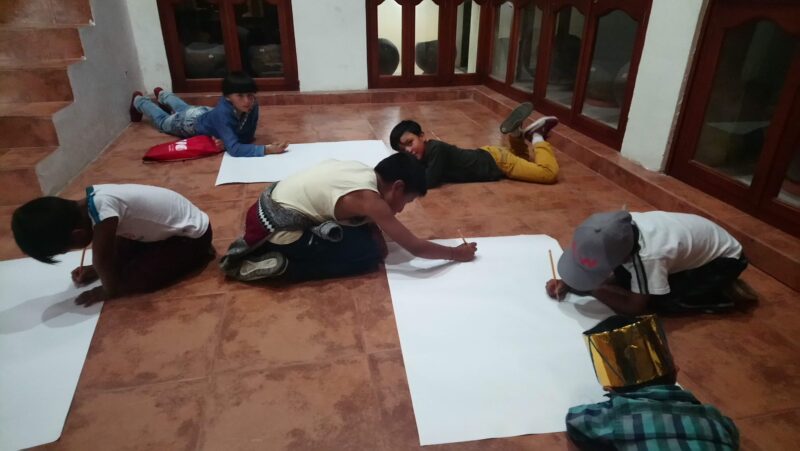
Drawing workshop: Aimed at girls and boys of the Camëntsá people between the ages of 4 and 11, based on the reading of a Camëntsá story. The objective of the project is to use contemporary tools to strengthen indigenous knowledge. The book produced by young people will be distributed free of charge by the Camëntsá community, but in the future we hope to commercialize it to support projects of the Camëntsá people.
We are also building a virtual museum where Camëntsá history and culture will be embodied according to how it is researched, written and told by multiple indigenous voices. This phase of the project is possible thanks to the support of the Gerda Henkel Foundation and SDCELAR.
This work would not be possible without the participation and support of the Camëntsá community, in particular artists and social leaders. The project has the consent of the Camëntsá Biya Indigenous Cabildo, especially Taita Governor Pablo Chindoy and former Taita Governors Manuel Mavisoy and mom Pastora Juajibioy. The project has the permission of the City Hall of Sibundoy and the support of the National Museum of Colombia (MNC). Specific thanks to Aura Reyes at the MNC.
